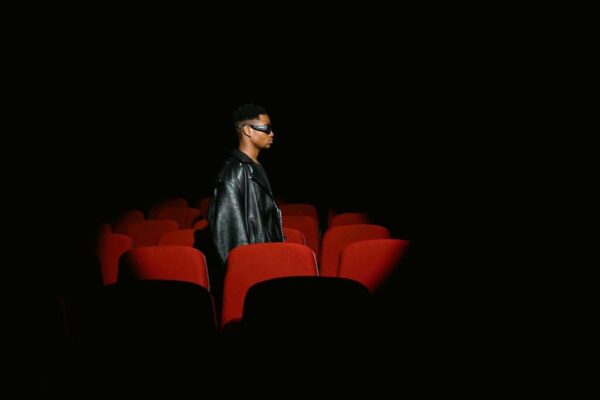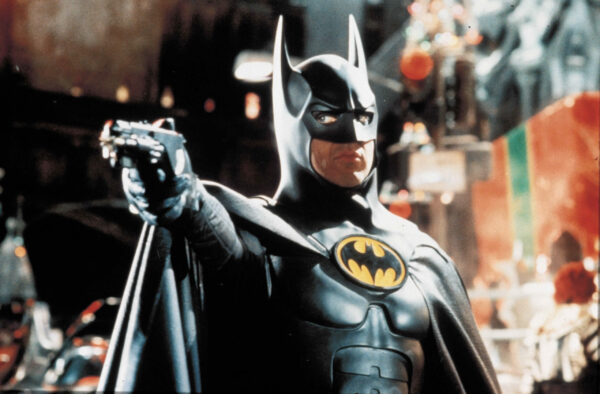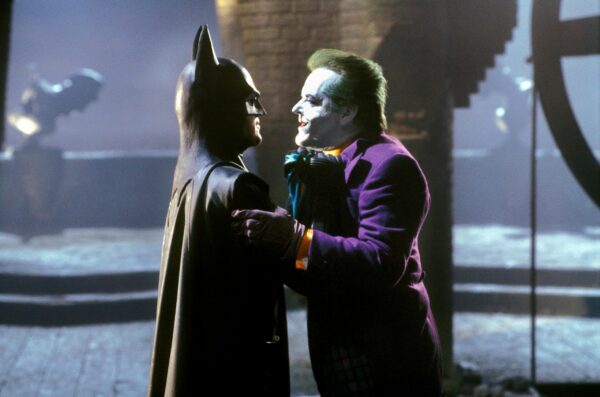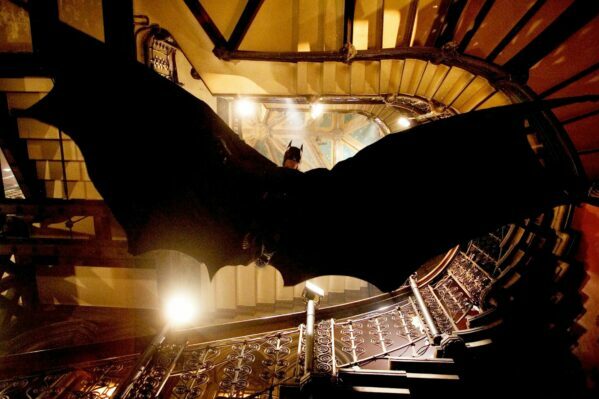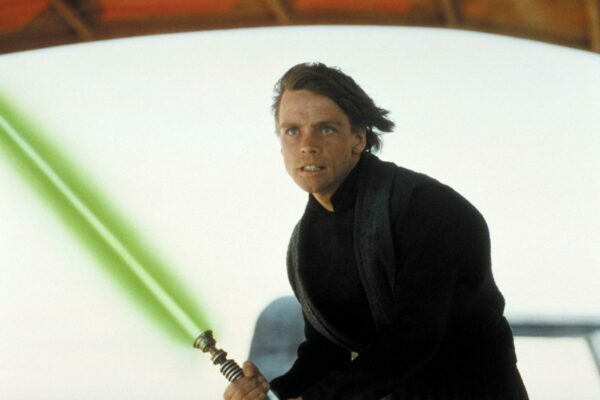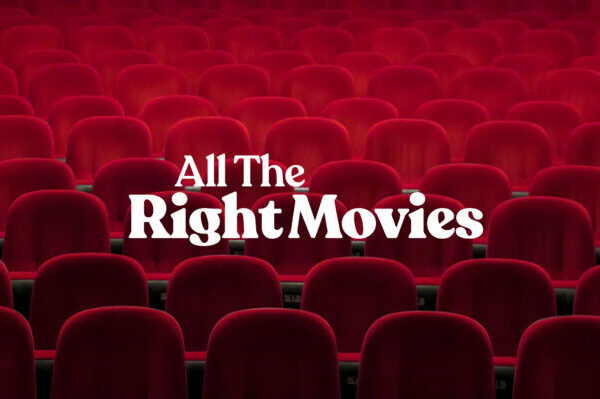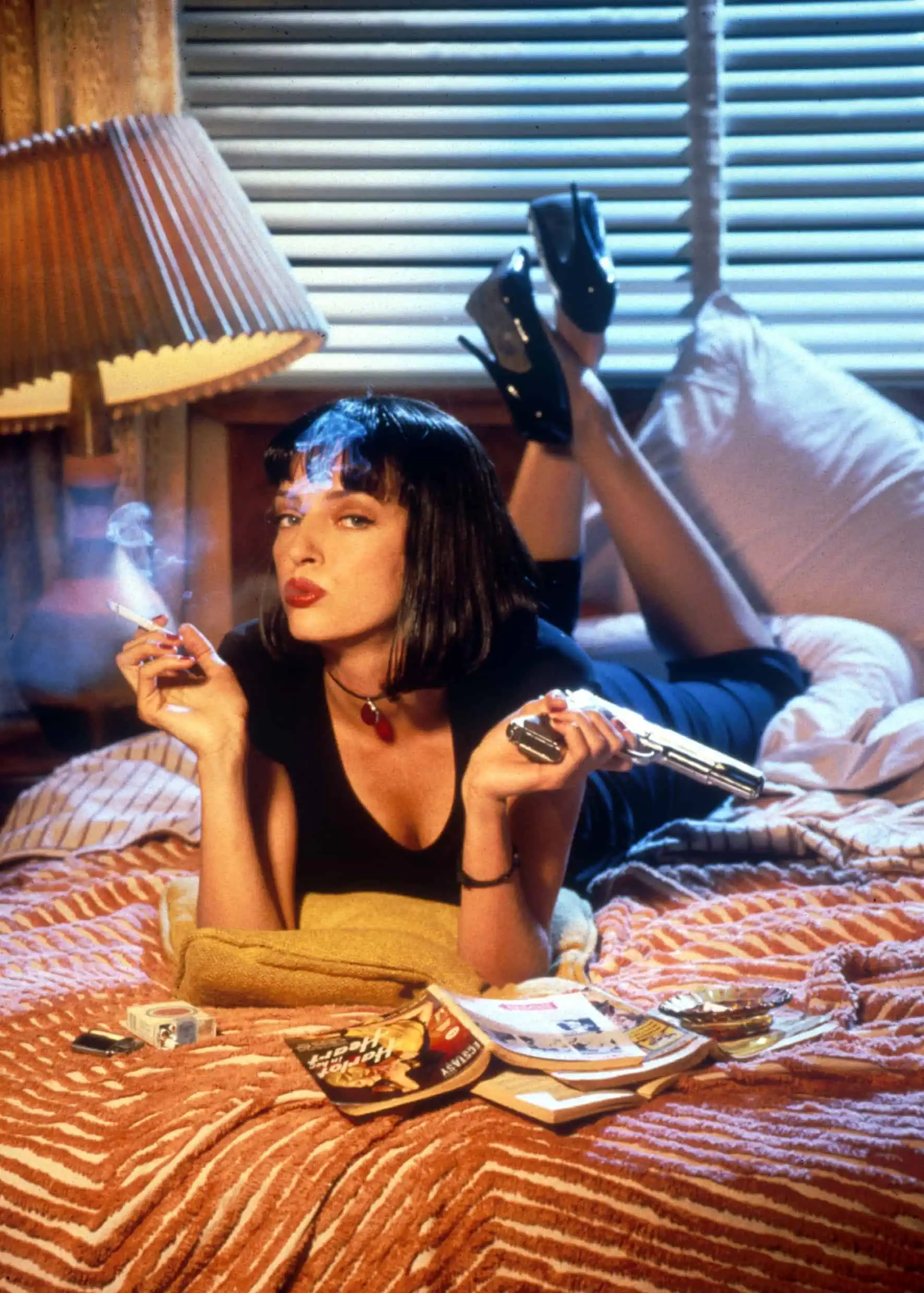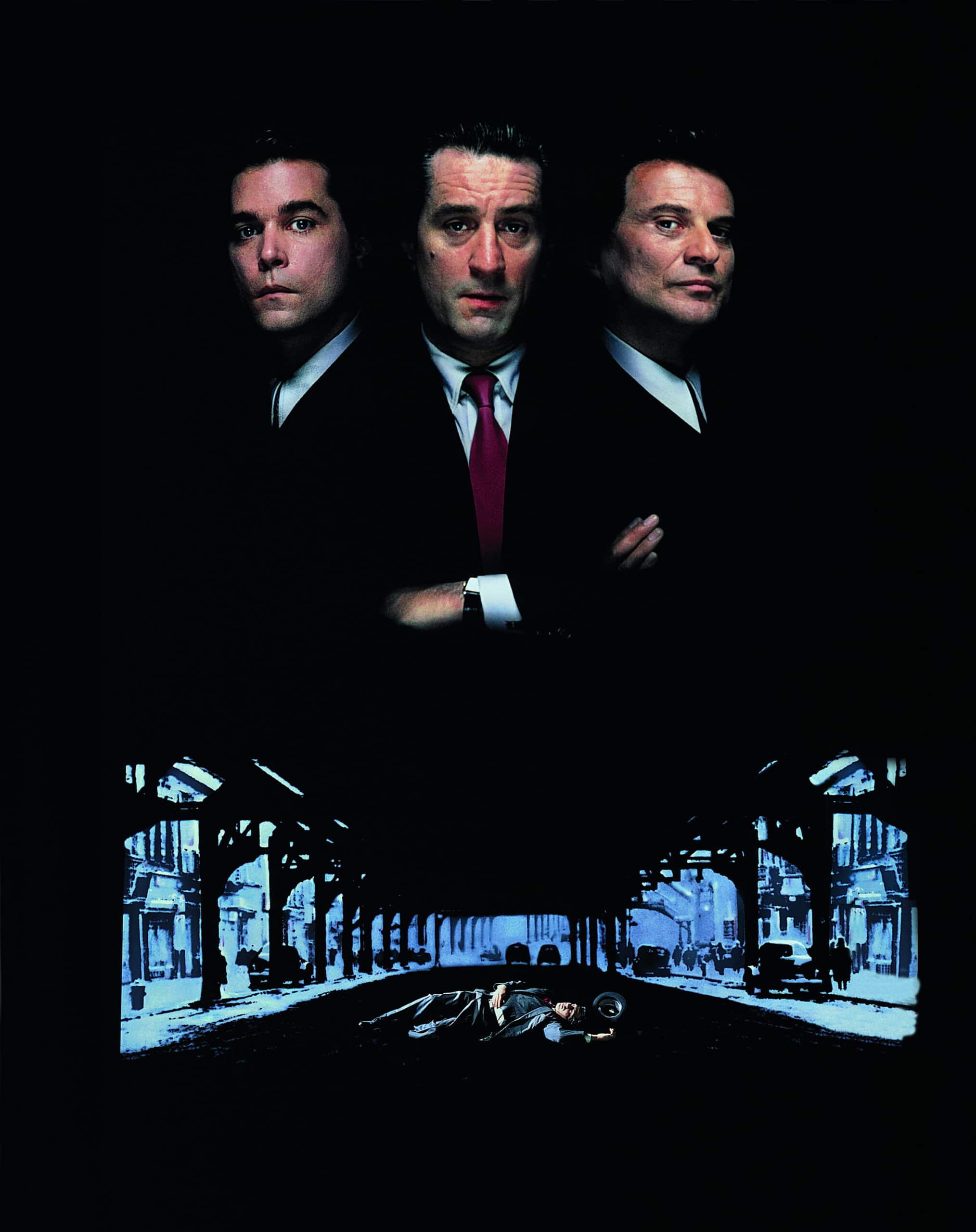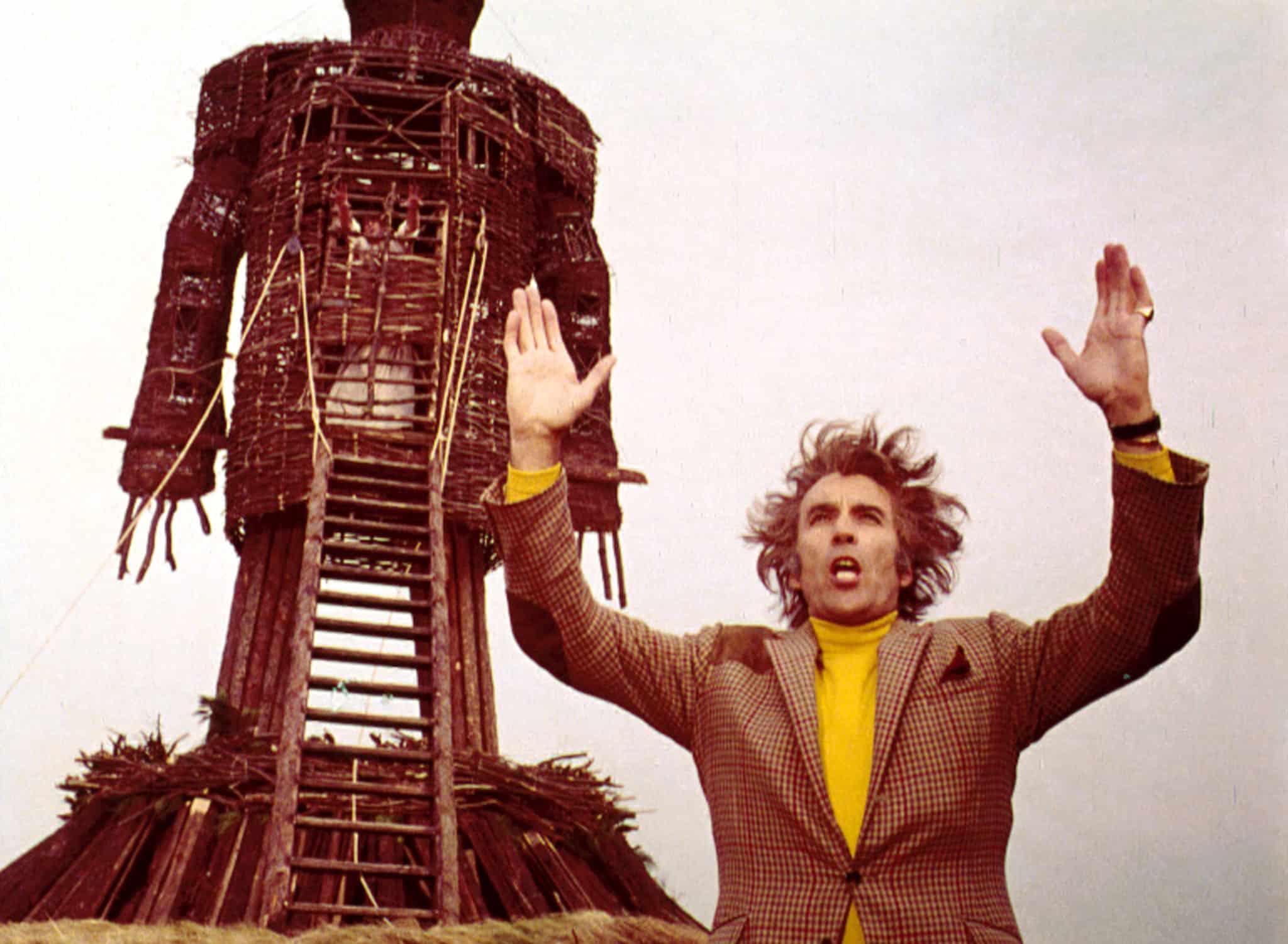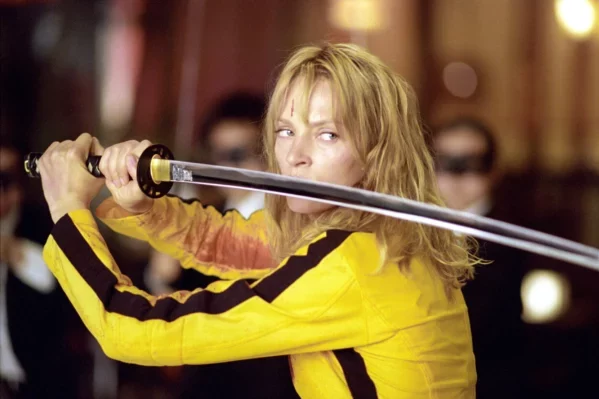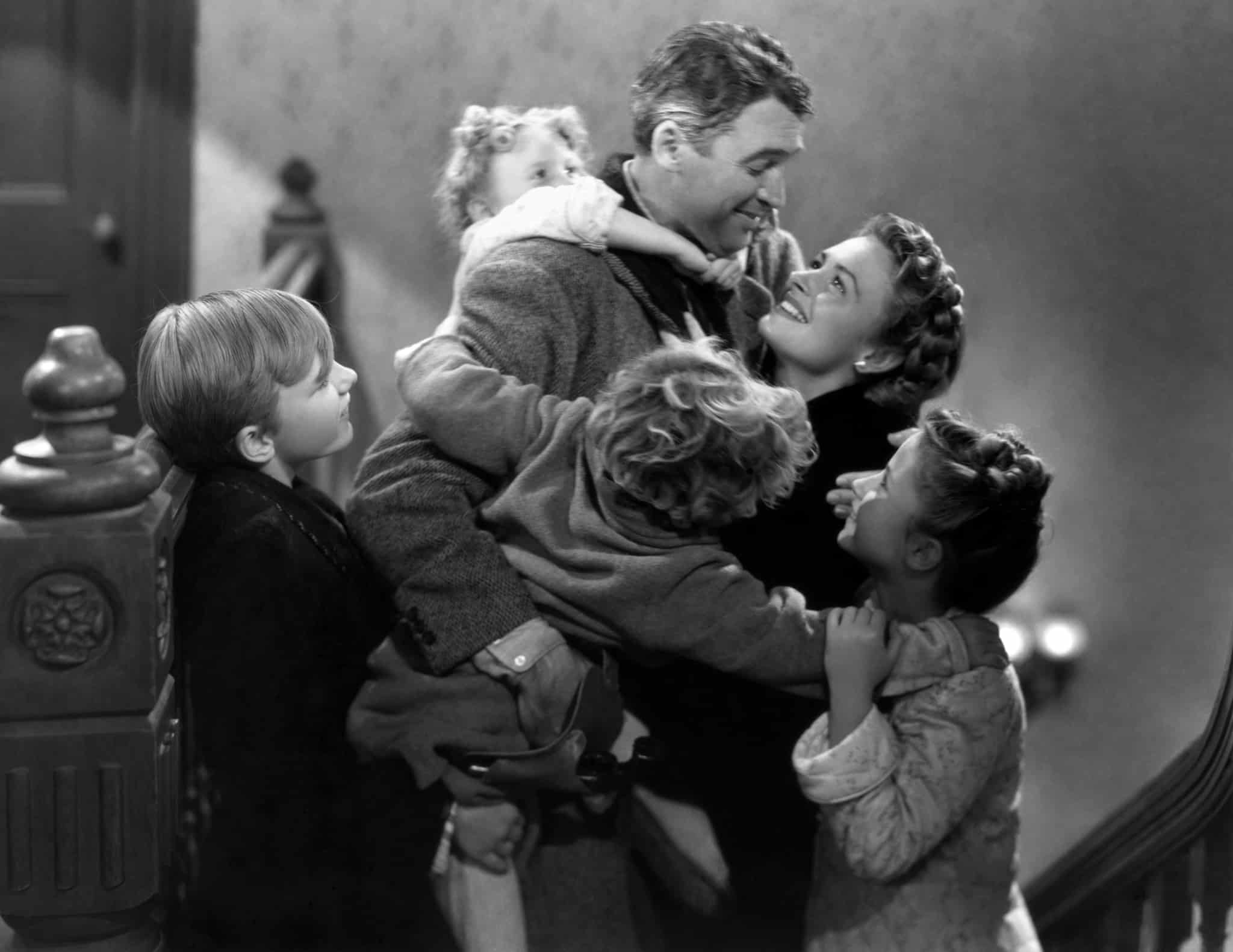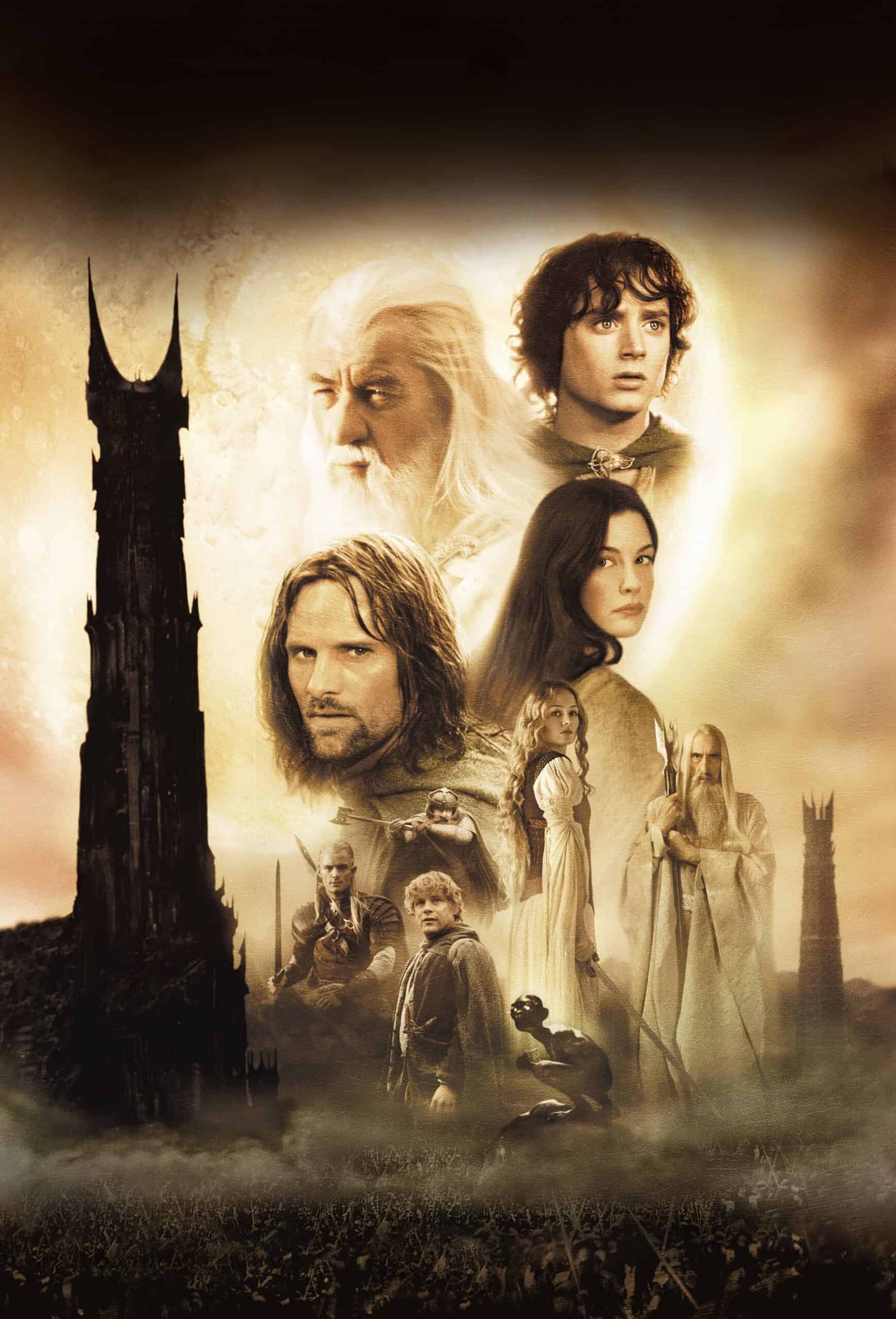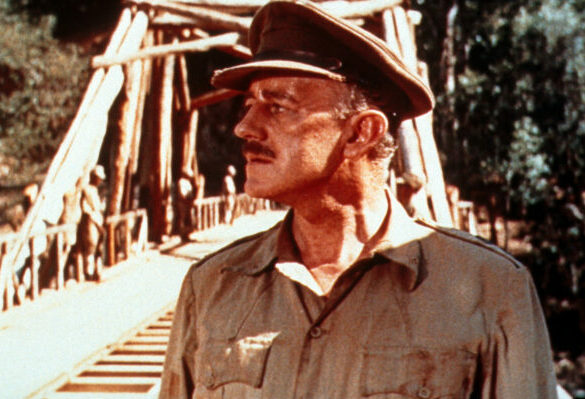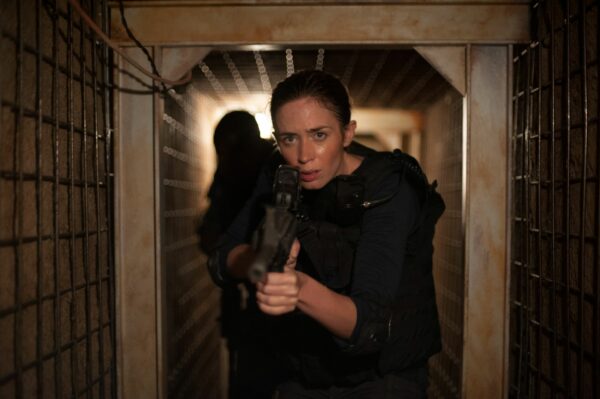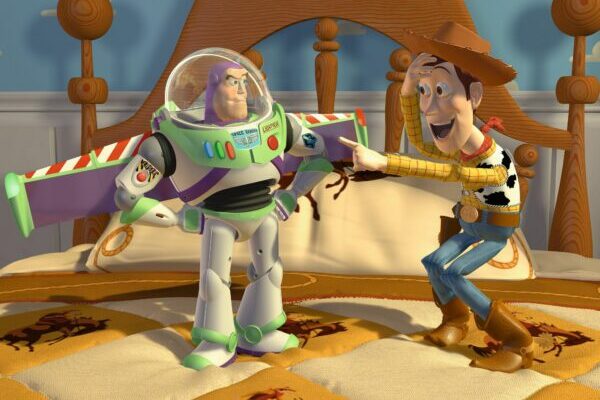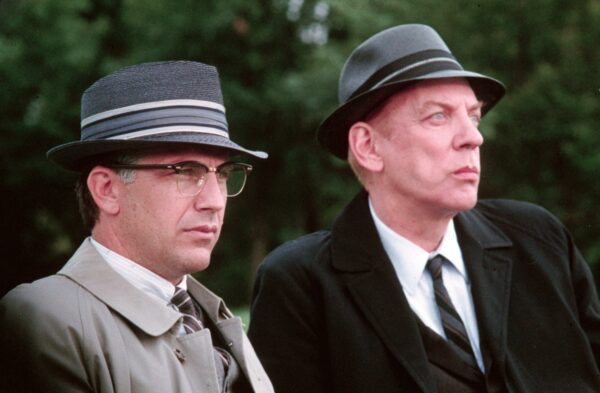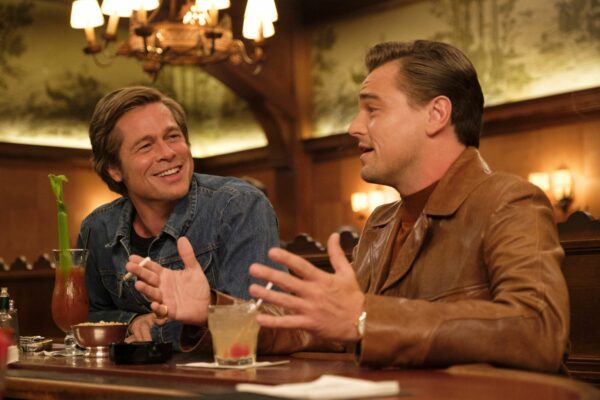
Alfred Hitchcock is one of the most acclaimed and influential movie directors who ever lived. With a career spanning 6 decades and 57 features, Hitchcock directed many classics. Released in 1954, Rear Window is among the most popular and enduring of those classics.
Starring James Stewart and Grace Kelly as a couple who uncover a murder that took place in their apartment block, the film has been studied as a masterclass in suspense and tension-building. It was a huge hit at the time, and is today revered as a stone cold classic.
We’re telling the making of story behind one of a great filmmaker’s greatest films. Read on for lots of Rear Window facts.
1. The start of the movie was originally very different
A key part of Rear Window is that, as L. B. “Jeff” Jeffries (James Stewart) observes his neighbours, we see into the apartments of several people in his block, and get a taste of their day-to-day lives. There’s a few: Miss Torso, as Jeff calls her – a young ballet dancer. Miss Lonelyhearts – a middle-aged lady who’s unlucky in love. There’s a young newly wed couple who are at it constantly. A composer-pianist. A middle-aged couple with a dog, and others.
There’s also a couple who sleep on their balcony and, at one point it starts to rain, making them rush back inside. When that moment was filmed, Hitchcock gave the actors – Sara Berner and Frank Cady – different instructions. He told one of them to pull the mattress to the left, and one to the right. They didn’t know they had been instructed differently which is why they’re having a tug of war. And, when Frank Cady falls through the window – that was real, not planned. Hitchcock thought it was hilarious so he kept it in the movie.
Frank Cady falls through the window
2. ‘Miss Torso’ wasn’t really a dancer
Teenager Georgina Darcy was the actress who played Miss Torso. Something that may come as a surprise is that she wasn’t a professional dancer in real life. (She does seem to have the moves, though). Hitchcock let Darcy choreograph her own dance routines. She later said she loved her apartment set so much that she basically lived there through the shoot, and only left when she had to.
Miss Torso in the movie
3. ‘Miss Lonely Hearts’ is contrasted with Lisa
Another of Jeff’s neighbours is Miss Lonley Hearts – a middle-aged lady who is very unlucky in love.
Grace Kelly played the second main chararacter in Rear Window – Jeff’s grifriend, Lisa Carl Fremont. Hitchcock told costume designer Edith Head to dress Miss Lonely Hearts in striking colours and, whenever we see her, the next time we see Lisa on screen, she’s usually wearing the same colours. In the scene where we see Miss Lonely Hearts on a date, for example, she’s dressed in emerald green, and next time we see Lisa she’s also in green. Hitchcock did this to tie the woes Miss Lonely Hearts was feeling to how Lisa was feeling in her relationship with Jeff.
Miss Lonely Hearts in the movie
4. The songwriter was a real composer
Another of Jeff’s neighbours is the songwriter, who lives in a plush pad. He was played by an actor called Ross Bagdasarian, and he was actually a composer in real life, and made a bit of a name for himself a few years later by creating Alvin and The Chipmunks. Bagdasarian also wrote The Chipmunk Song – the Christmas song that got to number 12 on the Billboard 100 in 1958 and won 3 Grammys.
The Chipmunk song, written by Ross Bagdasarian
5. The set was one of the most expensive ever created
Of all the Rear Window facts, the most impressive might be concerning Jeff’s homestead. The apartment block that we peer into with Jeff wasn’t a real apartment block. It was, in fact, a set that was constructed specifically for the film.
Unsurprisingly, the set required months of planning and construction and work started 6 months before production began. The set cost $100,000 – a huge amount for the time. A team of 50 people led by two designers called Hal Pereira and Joseph MacMillan built the set. It was constructed indoors, on the Paramount lot.
The courtyard alone measured ninety-eight feet wide, one hundred eighty-five feet long, and forty feet high – 6 storeys. So the set could fit in the space, the soundstage floor had to be removed and the bottom of the set was built in the basement. That means Jeff’s apartment – which is on the second floor in the movie – was actually street level in real life.
The set consisted of 7 apartment buildings, 3 other buildings, and 31 apartments. 12 of the apartments were completely furnished, had electricity and running water, and were built to habitable standards.
The set was indoors so, to simulate sunlight, over 1000 arc lights and 2000 smaller ones were used. Basically, every light that Paramount had that wasn’t being used on other movies had to be brought in. There were four lighting settings: morning, afternoon, evening, and night. It would take the crew an hour to make the change from daytime to nighttime. And the lights were so hot, that they would regularly set off the indoor sprinklers and delay filming. Hitchcock had an umbrella on hand for when this happened.
6. The original plan was to shoot on location
Before the huge set was constructed, Hitchcock considered shooting the film on location in Greenwich Village, but abandoned the idea to create the set at Paramount Pictures. To get an authentic Greenwich Village flavor, he sent four photographers to New York to shoot the Village from all angles, and under all weather and lighting conditions. The set designers then used these images as reference points when creating the set.
7. A fallout led to the film being made
Prior to Rear Window, Warner Bros had usually produced Hitchcock movies – Dial M For Murder (1954), Strangers On A Train (1951) and Rope (1948) had all been made by Hitchcock and Warners in the few years before Rear Window. But then, the studio and director fell out, and Hitchcock moved on.
Paramount approached Hitchcock and told him they’d cut a deal with him if he could produce a film from a collection of short stories they’d just bought the rights to. The collection was called After Dinner Story (1944) and the writer was William Irish, a pen name of Cornell Woolrich. There were 6 stories in total and the one Hitchcock liked the most was called It Had To Be Murder. Hitchcock hired John Michael Hayes to turn it into a screenplay, they changed the title to something a bit catchier, and the rest is history – Hitchcock and Paramount were making Rear Window.
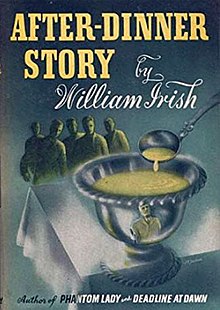
After Dinner Story, by William Irish
8. Hitchcock communicated with his cast via some novel methods
Hitchcock was always in Jeff’s apartment set during production so the actors and actresses in the other apartments all wore flesh-coloured earpieces so Hitchcock could radio directions to them.
And Thelma Ritter (who played Jeff’s nurse, Stella) said that Hithcock wouldn’t really communicate with the cast by talking to them. She said: “If he didn’t like a scene, he looked like he was going to throw up.”
9. Hitchcock was a fan of Stewart, too
Hitchcock always said James Stewart was one of his favourite actors to work with – especially compared to his other iconic male lead, Cary Grant – who Hitchcock called “fussy and demanding.” Hitchcock and Stewart had worked together once before at this point, on Rope in 1948, and when Hitchcock signed on to direct Rear Window, he immediately offered the role to James Stewart, who immediately accepted without even reading the script.
10. Jimmy stewart was keen to be involved in the picture
James Stewart had quite the collaboration with Alfred Hitchcock, and they worked together 4 times. Stewart said Rear Window was his favourite film he made with Hitchcock, and he was so confident in the script (and Hitchcock’s ability to direct) that he agreed to not get paid a salary, and take a percentage of the film’s profits instead.
11. Hitchcock and Stewart did have an unusual relationship, though
Hitchcock liked working with James Stewart but, by all accounts, they had a slightly odd relationship on their movies and would rarely speak to each other. Wendell Corey, who plays Detective Doyle in Rear Window, said that Stewart was the only person he ever saw intimidate Hitchcock, and said:
“Jimmy and Hitch would communicate in unspoken glances, and Jimmy would give him a steely look if Hitch said something he didn’t like. The only direction I ever saw Jimmy take was ‘the scene feels tired’ – there was steel under all that mushiness.”
12. Wendell Corey didn’t like Stewart so much
Wendell Corey wasn’t a huge fan of Jimmy Stewart, personally. He said that Stewart was a brilliant actor but had, “a whoppingly big ego” on Rear Window.
Years later though, Stewart was still very proud of Rear Window, and said about the film:
“The wonderful thing about Rear Window is that so much of it is visual. You really have to keep your eyes open in the film, because it’s a complicated thing. This was my favourite film to make with Hitch”
13. Grace Kelly turned down another famous role to appear in Rear Window
Like James Stewart, Grace Kelly had also worked with Hitchcock once before Rear Window – that was Dial M For Murder (1954) – and Hithcock only ever wanted her for the part of Lisa. And Kelly actually turned down the part of Edie in On The Waterfront (1954) to play Lisa. The role of Edie eventually went to Eva Marie Saint.
14. The meal in the film was from Hitchcock’s favourite eaterie
One of the early scenes between Jeff and Lisa involves Lisa cooking a lobster dinner. The dinner itself was brought in from Hitchcock’s favourite restaurant called Musso and Frank Grill.
15. Grace Kelly was very popular on the set
Of all our Rear Window facts, this is possibly the least surprising: almost everybody loved Grace Kelly on the set. James Stewart said:
“Everybody just sat around and waited for her to come in the morning, so we could just look at her. She was kind to everybody, so considerate, just great, and so beautiful. She was so young, but had a complete understanding of how to make a picture, and her line delivery was faultless.”
Grace Kelly and James Stewart in the film
16. Grace Kelly was very popular on the set – but not with everybody
Grace Kelly may have been a little too friendly for some people, though – especially James Stewart’s wife. In 1954, Kelly had a reputation for having affairs with her leading men and, after she told a magazine she thought Stewart was one of the most attractive men she’d ever met, Stewart’s wife, Gloria, insisted on being on the set every day to keep an eye on things.
17. Kelly refused to smoke in the film
Grace Kelly always refused to smoke in her movies, but Hitchcock wanted her character to smoke in Rear Window, so they came to a compromise. There’s a moment just after Lisa kisses Jeff where Lisa lights a cigarette and holds it, talks to Jeff then puts it out. So she never actually smoked it. It cuts away as she’s on the bed so, with some clever editing, Hitchcock made it seem like she Lisa was smoking.
18. A legendary Hollywood producer influenced the film
The antagonist of Rear Window is Lars Thorwald, Jeff’s neightbour who, it transpires, murdered his wife. There’s an interesting story around how the character of Thorwald looked. One of Hollywood’s biggest producers in the 1930s, 40s and 50s was David O. Selznick – he produced classics like Gone With The Wind (1939).
Selznick also worked with Hithcock on Rebecca (1940), and Hitchcock said he interfered so much that Hitchcock disowned the film. And with Rear Window, Hitchcock got his own back by having Raymond Burr (who plays Thorwald) made up to look exactly like David O. Selznick, with the curly grey wig and round wireframed spectacles. He also had Burr copy some of Selznick’s mannerisms, like the way Thorwald holds the telephone in his neck when he talks.

Raymond Burr as Lars Thorwald alongside David O. Selznick
19. The film was inspired by a true story
Real life was also an influence on Rear Window. In 1924 there was a high-profile murder case in Sussex, England where a man called Patrick Mahon murdered his pregnant mistress, called Emily Kaye, and – like Thorwald does with his wife – dismembered her body and hid it in a large trunk.
As well as that, the infamous tale of Dr Crippen inspired Hitchcock. In 1910, Crippen poisoned his wife then cut up her body, and told police she’d moved to Los Angeles. It was his wife’s jewellery showing up that ended up being his downfall, so Hitchcock used that in Rear Window.
20. There were rights issues for decades after the film’s release
For 3 decades after its release, Rear Window wasn’t available to buy because its rights had been bought back by Hitchcock and left in his will to his daughter. The other 4 films were Rope (1948), The Trouble With Harry (1956), The Man Who Knew Too Much (1956), and Vertigo (1958). They were known as “The 5 Lost Hitchcocks”
When Hitchcock passed away in 1980, his daughter released them in 1984 on Rear Window’s 30th anniversary.
Rear Window was actually televised by NBC in 1971, but it was shown illegally, as they didn’t have the rights to do so.
21. The film changed quite a lot from the book
John Michael Hayes and Hitchcock came up with a lot of changes to the book themselves. Not necessarily in terms of the plot, but rather the details and how they told the story. Two of the major amends:
- In Woolrich’s short novel there is no love story, and no Lisa character at all. Jeff carries out the investigation by himself.
Also, there are no neighbours that we know of. Jeff doesn’t spy on anybody other than Thorwald and there’s no reference of any of the others – so no Miss Torso, no Miss Lonelyhearts, no songwriter etc. - Speaking of the love story, that came from Hitchcock, and his inspiration for it was based on real events. When Hitchcock was making Notorious in 1946, the star was Ingrid Bergman. And during production she had an affair with a war photographer called Robert Capa. Legend has it that Hitchcock was in love with Bergman, so remembered the affair well.
22. Lisa was based on a real person
John Michael Hayes apparently based the character of Lisa on his own wife, Mel. Lots of Lisa’s dialogue was inspired by things that Mel had said to Hayes before. For example, Hayes said Mel would say “utterly frightful” a lot and the scene in the film where Jeff reveals his suspicions to Lisa, she responds by saying, “Something too frightful to utter.”
23. An experienced head was brought in to handle the music
So Franz Waxman only composed three pieces of music for the film. Two of them are the opening and closing title credits, and the other piece is the song that the songwriter plays. It’s actually called “Lisa” so she was right, he did write it for them.
The rest of the sound in the movie is diegetic – meaning it comes from in the film itself, the characters can hear it. The sound designer on the film was called Loren L. Ryder and he he created the noise of outside traffic and the sounds of Bing Crosby, Nat King Cole, and Dean Martin drifting across the courtyard into Jeff’s apartment from his neighbours’. Loren L. Ryder won an Oscar for the film for Best Sound.
The opening score to Rear Window
24. Some innovations were made to the camera equipment
The Director of Photography on Rear Window was Hitchcock’s long time collaborator, Robert Burks. All the shots in the movie originate from Jeff’s apartment, other than a couple of shots near the end of the film and the discovery of the dead dog.
Burks devised a system using a camera with a telephoto lens mounted on a crane to bring the camera close enough to film small details through the windows across the courtyard, and that system became commonplace in Hollywood movies for years after.;
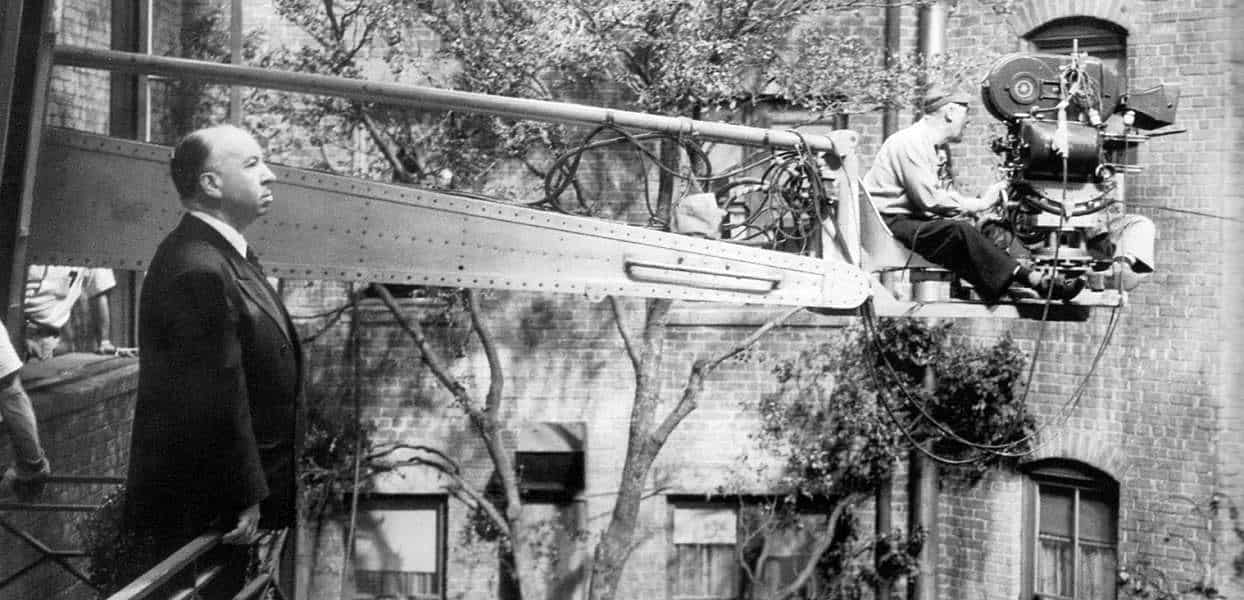
The camera operators on Rear Window
25. Grace Kelly may have performed her own stunts
James Stewart has claimed that the moment where Lisa climbs up the fire escape and into Thorwald’s window was performed by Grace Kelly herself, and not a stunt double.
Grace Kelly’s face isn’t visible in the shot, and it may be difficult for some to believe that one of the biggest movie stars in the world would be allowed to perform a potentially dangerous stunt when she doesn’t need to, so how true that is may be up for debate.
Lisa enters Thorwald’s apartment
26. The flashbulb effect took some effort to get right
The climax of the movie comes down to a showdown between Jeff and Thorwald. In an effort to slow down his attacker, Jeff sets off flashbulbs from his camera close to Thorwald’s face, disorienting him. To create the visual effect we see on screen, there was a quite a bit of work went into getting those bulbs to work properly. As Hitchcock was unsure his idea would work, he tested setting off flashbulbs in the eyes of some crew members and seeing how they reacted.
They all became disoriented, so Hitchcock thought ‘that’s the way to go’. And he was so meticulous when shooting the scene, that he asked the crew members if what we see from Thorwald’s point of view is what they saw. They said the colour was orange, not white, and Hitchcock had the effects supervisor John Fulton go back and do it again.
Jeff sets off his bulbs to thwart Thorwald
27. Hitchcock may have sided with Thorwald more than Jeff
In the 1960s, Alfred Hitchcock did a series of interviews with Peter Bogdanovich and, in those discussions, Hitchcock says he always feels a bit of sympathy for his antagonists. He references Thorwald in Rear Window and talks about the end of the movie where Thorwald confronts Jeff and asks him what he wants to stay quiet – and Jeff stays silent. Hithcock said:“during that moment it makes one think, ‘you know, Jeff’s really kind of a bastard.'”
28. The second leg cast was a late addition to the script
In the climactic struggle with Thorwald, Jeff falls from his apartment window and, the next time we see him, he has both legs in plaster. That wasn’t in the script originally, and wasn’t added until the day of shooting. James Stewart said:
“On the day we were going to shoot, Hitch came up to me and said, ‘What would you think about breaking another leg?'”
And then, after they shot it, Hitchcock and some of the crew left the set, leaving Stewart sitting in the wheelchair, unable to move. Stewart got angry so they had a hinge fitted into his cast so he could waddle round the set in it.
29. The movie was an instant classic
Rear Window is regarded as an all-time classic now, and it was received that way with critics almost instantly.
Variety gave the film a rave review at the time, and said:
“Rear Window is one of Alfred Hitchcock’s best thrillers and combines technical and artistic skills in a manner that makes this an unusually good piece of murder mystery entertainment.”
Roger Ebert later gave the film 4 out of 4 and said:
“The level of danger and suspense is so far elevated above the cheap thrills of the modern slasher films that Rear Window, intended as entertainment in 1954, is now revealed as art.”
Empire magazine rated the film 5 stars out of 5 and said:
“Flawless, essential viewing that is a must-see in every meaning of the phrase. If Empire had a rating higher than five stars, this is one of very few movies that would earn it.”
30. The film was a huge hit on release
On a $1m budget, Rear Window grossed $36.8m at the Box Office – a massive return of over 36 times its budget. It was the highest-grossing movie of 1954.
And we’re at the end of our Rear Window facts- 30 fascinating and fun bits of trivia on a true Hitchcock classic. Please share on your social platforms, and subscribe to our YouTube channel for lots of great video content.
You may also like...
The beginning of a beautiful friendship
Stay up-to-date with all things All The Right Movies by signing up for our e-newsletter.





